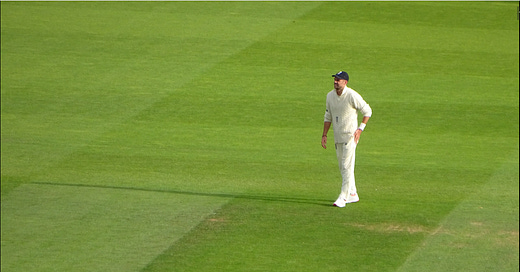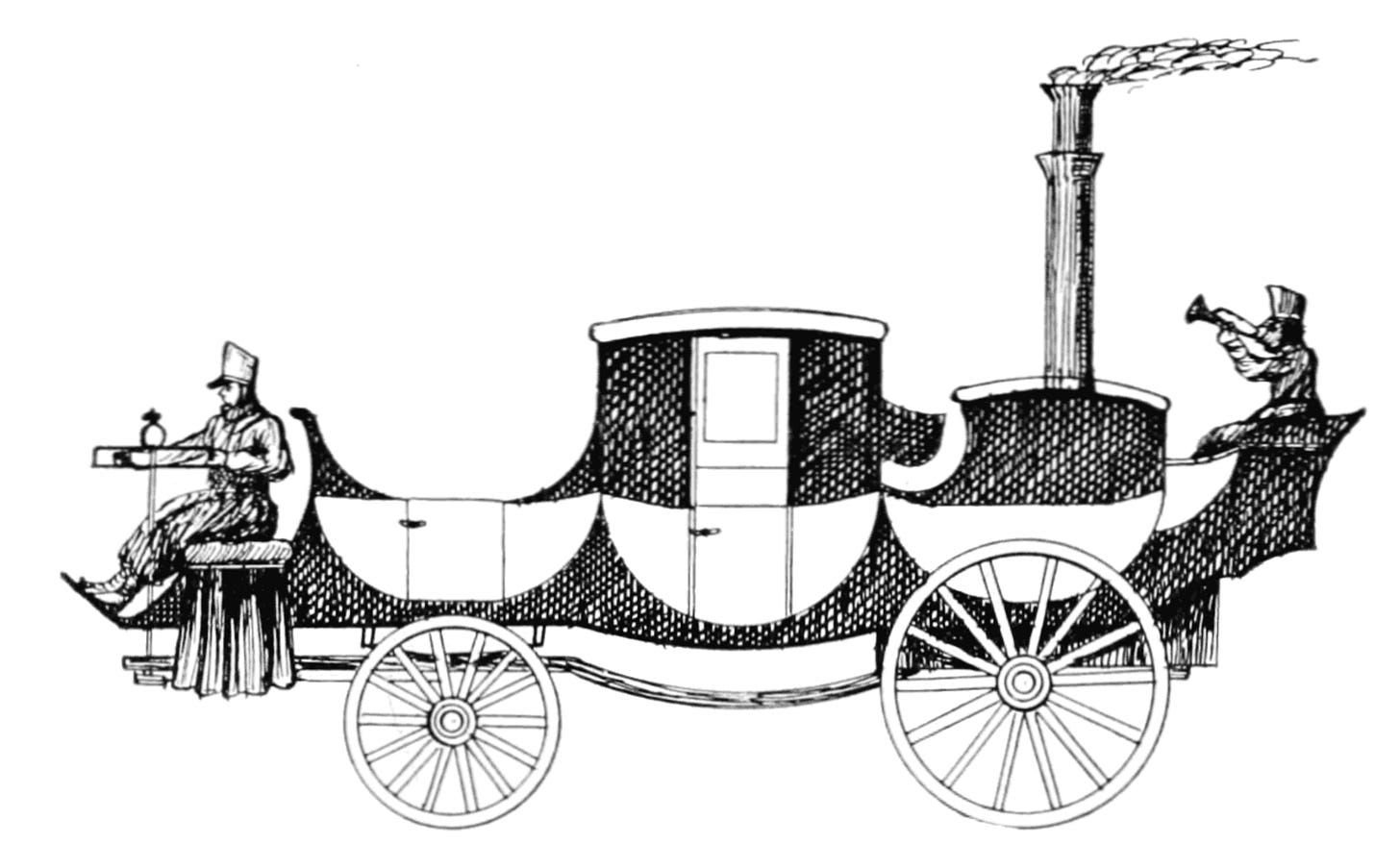Sir James Anderson? The shade of Arthur Mailey will be pleased. When Leonard Hutton was knighted in 1956, he is said to have mumbled that the last bowler to be knighted was Sir Francis Drake, and not for another four decades did the honour to Sir Alec Bedser provide a monument to honest English toil. The knighthoods for Wes Hall, Charlie Griffith, Andy Roberts and Curtly Ambrose in the last decade or so have further redressed the imbalance. Or did you not notice?
For what, one must ask, is a cricketer knighted? The Royal Family website - yes, there is such a thing - advises that knighthoods and damehoods are conferred for ‘a significant contribution to their field, usually on a national level.’ So what is a ‘field’? And which fields are to be recognised? In a sense, this first hurdle may be the most significant: an honour such as Anderson’s allows cricket to pat itself on the back for still mattering in the circles of power, Rishi Sunak being a fan.
Football, by comparison, could be regarded as underrecognised, given its cultural and economic heft. Certainly, while there is a solid tradition of honouring managers and administrators, there also seems a long gap between Sir Stanley Matthews and Sir Kenny Dalglish, nods to the 1966 World Cup aside. Knighthoods, of course, have not worn well in recent years. Arise Sir Jimmy Savile? Maybe football would rather not slum it with the likes of Sir Fred the Shred and Sir Tax-dodging Sweatshop-Owner…..
Yet there is something to be learned from cricket’s recent favourable treatment by the crown. It remains a game that conducts careers on an epic scale. Anderson, like Sir Alastair Cook, was at or near the top of his ‘field’ for two decades. He got better, then better yet. Almost a fifth of professional footballers are washed up before twenty-four, and the average professional football career is eight years (mind you, that’s more than twice as long as the average career in American football). Less than a third of Olympians, meanwhile, compete at multiple games. Yes, cricket is a precarious living. Yes, cricket is replete with luck and chance. But it also permits the sort of longevity that conduces to a ‘significant contribution.’
For those interested, here’s a list of knighted cricketers. And, actually, maybe Arthur would still find fault. Where are the spinners? Where are the keepers? Yes, it’s a batter’s game at Buckingham Palace too. Sir James is at least not the first right-arm pace bowler; he is, actually, not even the first Sir James Anderson. The first, an Anglo-Irish baronet, was the inventor of the steam coach.
.
The second, captain of the Great Eastern, laid a cable across the Atlantic.
I’m not sure where to rank the third Sir James’s wobble seam against these formidable innovations, so won’t try. Anyway, I’m off to host Yarras presentation night, where among other duties I’ll be presenting a five-for trophy to a seventy-eight-year-old left-arm spinner. Cricket, bloody hell.








Okay Gideon, in the lead up to the WTC against South Africa at Lords in June, can we please have more details and stories about the seventy-eight-year-old left-arm spinner who took a Michelle Pfeiffer.
Something additionally enjoyable about Sir James (as well as Sir Geoffrey and Lord Botham, but I suspect not Sir Andrew and Sir Alastair) is that in another time, the time of Sir Leonard and Sir Alec, he would have enjoyed the prestige of being a knighted professional.